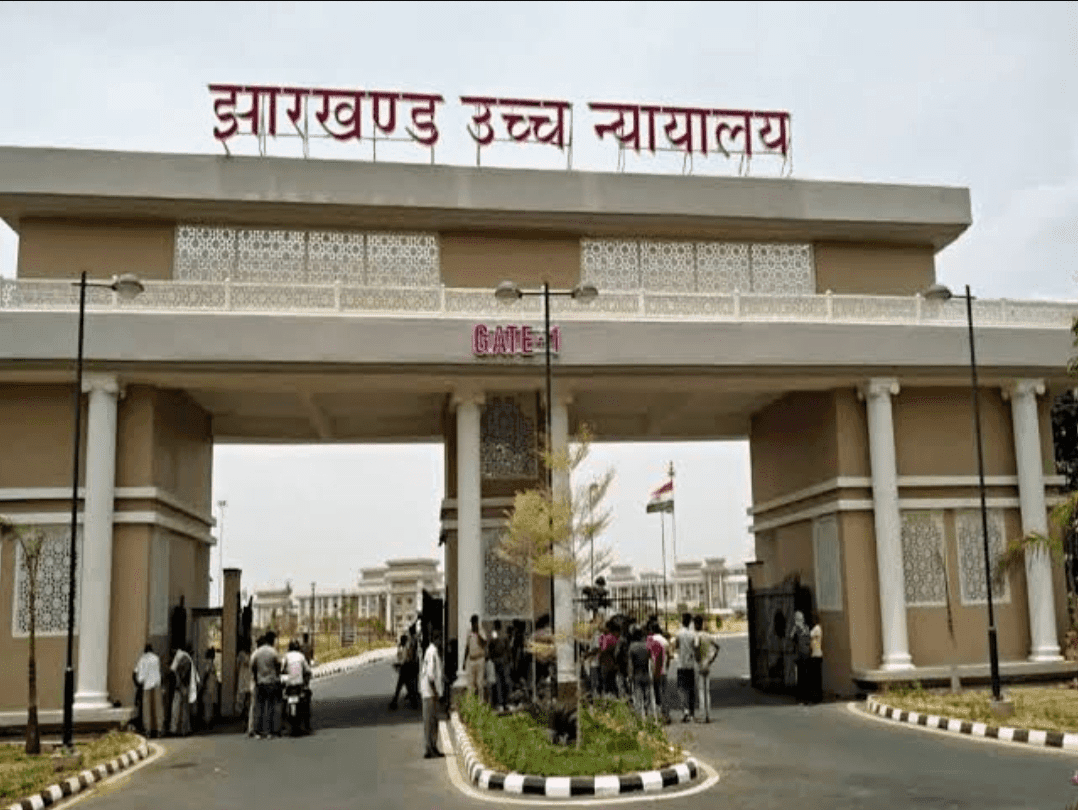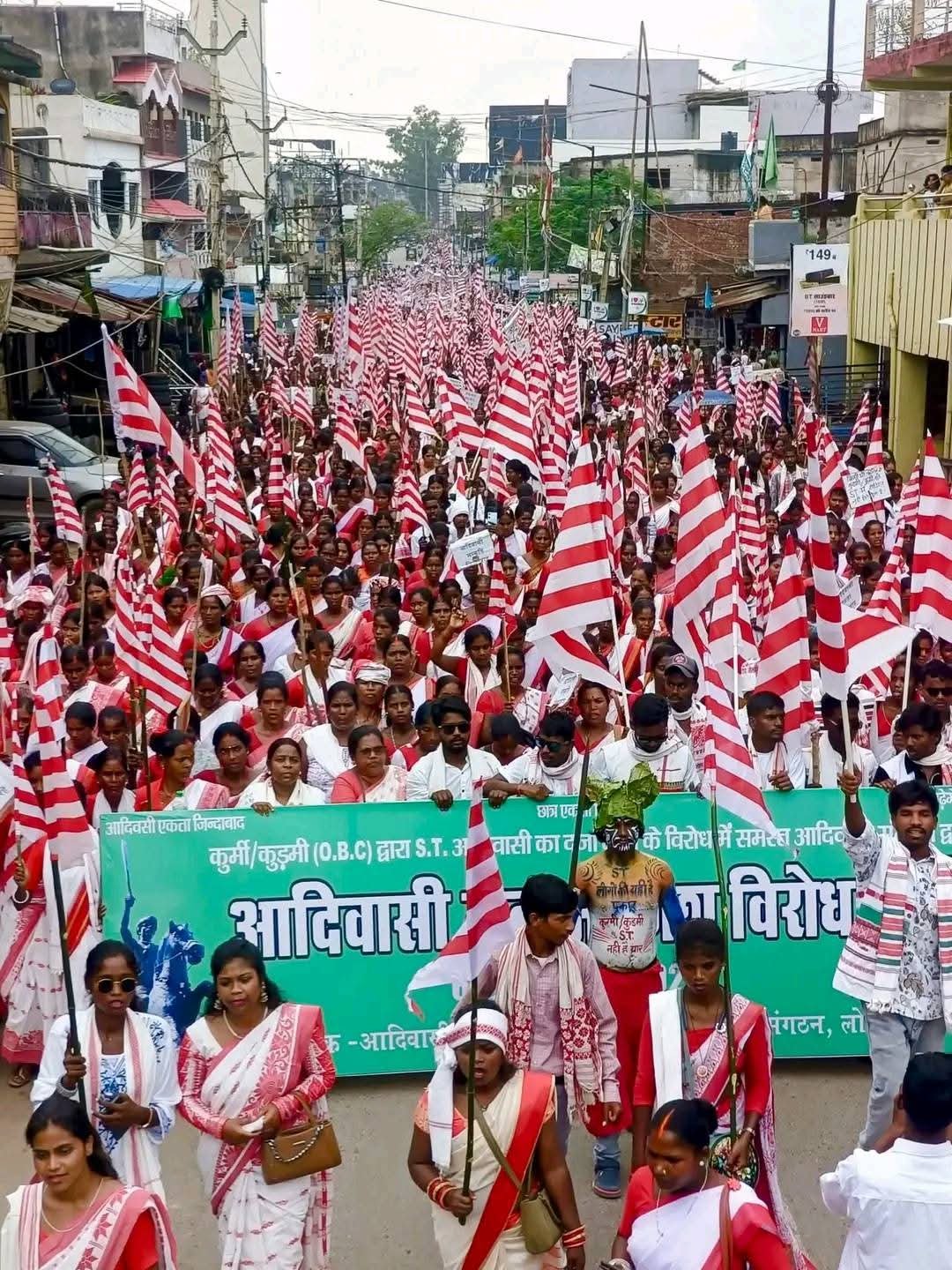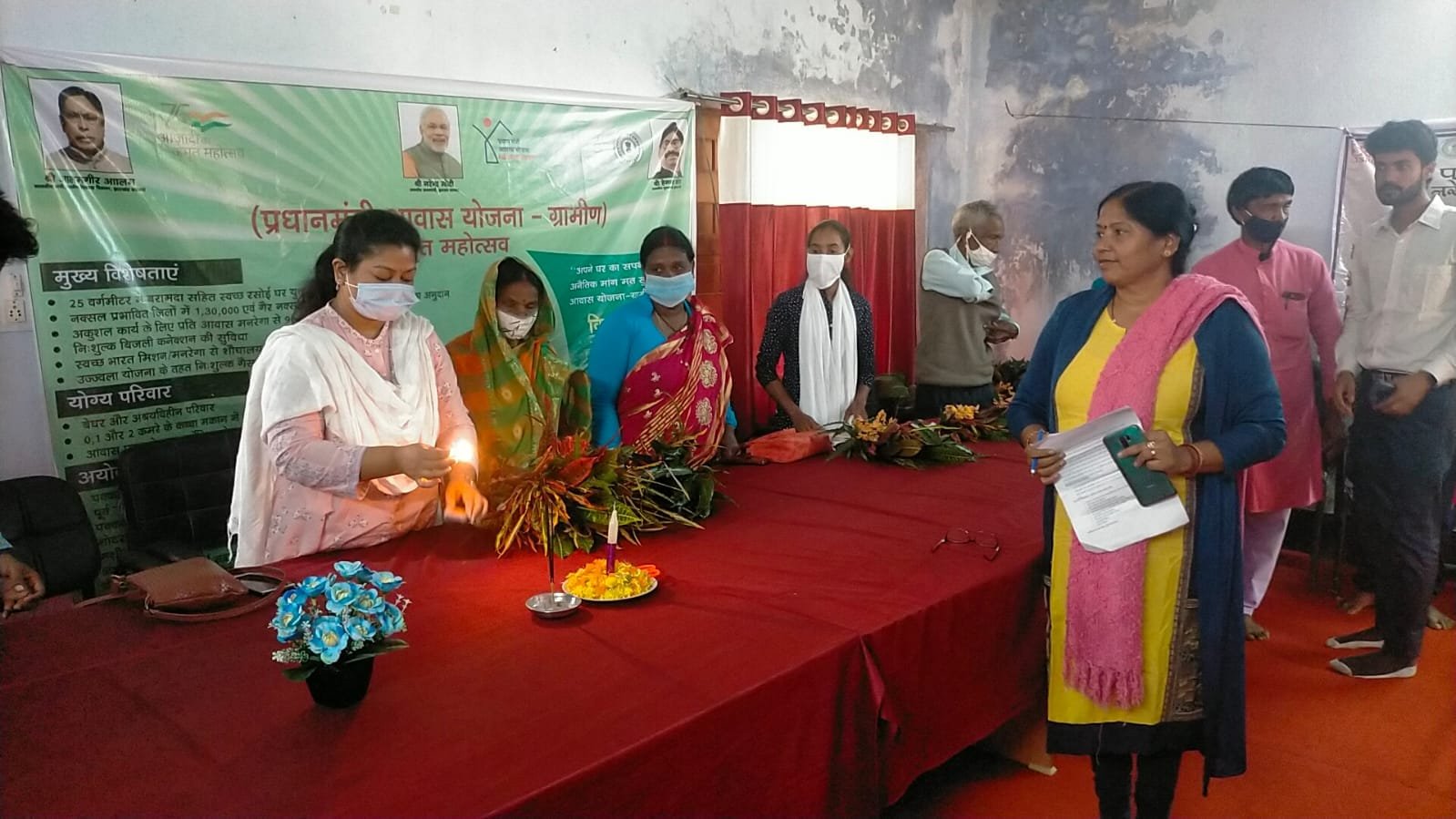Jharkhand, carved out of Bihar on November 15, 2000, has had a profound impact on India’s socio-political and economic landscape. While its journey has been a mix of challenges and triumphs, the state’s contributions in areas like natural resources, tribal empowerment, cultural richness, and political dynamics are undeniable. This essay explores how Jharkhand has shaped the nation across multiple dimensions.
- Jharkhand: The Mineral Heartland of India
Jharkhand is often called the “Mineral Heartland of India” due to its vast reserves of natural resources. With over 40% of India’s mineral wealth located here, Jharkhand has been a cornerstone of the country’s industrial growth.
Contribution to Industries:
Jharkhand supplies critical raw materials like coal, iron ore, mica, and uranium to industries nationwide. Major industrial hubs such as Jamshedpur and Bokaro have emerged as steel and heavy machinery production centers, fueling India’s infrastructure growth. Tata Steel, headquartered in Jamshedpur, symbolizes India’s industrial prowess.
Economic Impact:
The state’s natural resources have significantly boosted India’s GDP. Jharkhand’s coal reserves, particularly in the Dhanbad region, power India’s energy needs, making it a critical player in the country’s energy security.
- Empowerment of Tribal Communities
Jharkhand is home to a significant tribal population, including communities such as Santhals, Oraons, Mundas, and Ho. The creation of Jharkhand as a separate state was largely driven by the aspirations of these indigenous communities.
Identity and Representation:
The formation of Jharkhand gave tribal communities a platform to assert their identity, language, and culture. Political movements led by tribal leaders like Birsa Munda inspired greater awareness of tribal rights across India.
Panchayats (Extension to Scheduled Areas) Act (PESA):
Jharkhand implemented PESA, empowering tribal communities to self-govern and manage their resources. This set a precedent for other states with tribal populations to adopt similar measures.
Cultural Influence:
Jharkhand’s rich tribal art forms, such as Sohrai paintings, tribal music, and festivals like Sarhul and Karam, have gained national and global recognition. These traditions have enriched India’s cultural diversity and bolstered efforts to preserve indigenous knowledge systems.
- Cultural Contributions to India
Jharkhand’s unique blend of tribal and regional cultures has significantly contributed to India’s identity.
Traditional Arts:
Jharkhand has contributed significantly to Indian art through its indigenous crafts and textiles. The Dokra metal crafts and Paitkar paintings are celebrated for their intricate designs and storytelling elements.
Festivals and Traditions:
Festivals like Tusu, Karma, and Sarhul are rooted in nature worship and showcase the state’s harmonious relationship with the environment. These festivals promote values of sustainability and coexistence.
Cinema and Literature:
Jharkhand’s landscapes and stories have inspired Indian cinema and literature. The state has become a popular filming destination, contributing to the visual representation of tribal and rural India.
- Environmental and Ecological Contributions
Jharkhand’s dense forests and biodiversity have contributed to India’s ecological balance. The state is part of the Chotanagpur Plateau, rich in flora and fauna.
Biodiversity Hotspot:
Jharkhand’s forests, including Palamau Tiger Reserve and Betla National Park, are home to diverse species. These areas not only contribute to conservation efforts but also attract eco-tourism.
Environmental Movements:
The state has been a hub for environmental activism. Movements like the Koel-Karo anti-dam protest highlighted the need for sustainable development and tribal rights. These protests have influenced national policies on land acquisition and environmental conservation.
Renewable Energy Potential:
With abundant sunlight and wind resources, Jharkhand has the potential to become a leader in renewable energy. The state is gradually investing in solar and wind energy projects, setting an example for sustainable development.
- Political Dynamics and Social Movements
Jharkhand’s political history reflects India’s complex socio-political landscape.
Struggle for Statehood:
The decades-long struggle for a separate state galvanized marginalized communities, showcasing the strength of grassroots movements in India. The formation of Jharkhand became a symbol of India’s commitment to recognizing regional and cultural identities.
Political Leadership:
Jharkhand has produced leaders who have shaped both state and national politics. Leaders like Shibu Soren and Hemant Soren have advocated for tribal rights and regional development, influencing India’s political discourse.
Social Movements:
Movements against displacement, mining-related pollution, and deforestation have highlighted the socio-environmental costs of development. Jharkhand has thus become a testing ground for balancing industrial growth with social equity.
- Challenges and Opportunities
While Jharkhand has made significant contributions, it also faces challenges that need to be addressed for it to fully realize its potential.
Economic Disparities:
Despite its resource wealth, Jharkhand remains one of India’s poorest states, with high levels of poverty and unemployment. Bridging this gap is crucial for equitable growth.
Naxalism and Security:
Naxal insurgency has posed significant challenges to the state’s development. However, the government’s focus on infrastructure and social welfare schemes has gradually reduced the insurgency’s impact.
Infrastructure Development:
Improving healthcare, education, and connectivity remains a priority. Projects like the Ranchi Smart City initiative aim to modernize the state and attract investments.
- Future Prospects and Vision for India
Jharkhand’s potential to shape India’s future lies in its ability to balance development with sustainability.
Industrial Hub:
With the right policies, Jharkhand can continue to attract investments in industries like steel, mining, and IT. Initiatives like single-window clearance systems aim to make the state business-friendly.
Sustainable Development:
Jharkhand’s focus on renewable energy and eco-tourism can serve as a model for sustainable development. Leveraging its natural beauty and cultural heritage, the state can create jobs while preserving its environment.
Empowering Tribals:
Continued efforts to empower tribal communities through education, skill development, and political representation will ensure inclusive growth.
Jharkhand has played a pivotal role in shaping India’s identity as a diverse and resource-rich nation. From powering industrial growth to preserving tribal cultures, the state embodies the challenges and opportunities of balancing development with heritage and sustainability. While the road ahead is filled with challenges, Jharkhand’s resilience and potential can inspire the nation to strive for inclusive and sustainable progress.
By recognizing and addressing its challenges, Jharkhand can continue to be a vital force in India’s journey toward becoming a global leader.












